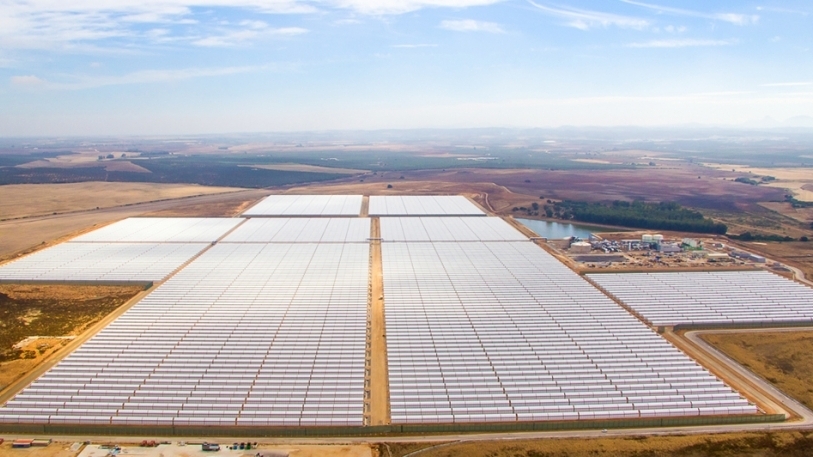
Returns from green investment funds fall behind peers in short term
Only four out of 10 ESG funds outperformed their traditional counterparts in 2022, according to new data shared with Net Zero Investor.
While ESG funds proved resilient last year, in terms of flows, attracting over $157 billion of net new money globally, their returns suffered, and in many categories, more than traditional funds.
In 2022, a minority (41%) of ESG funds in the sample outperformed their average traditional peers.
Last year was tough for investors, with inflationary pressures, rising interest rates, recession fears, and the energy crisis impacting almost all asset classes.
However, average returns and success rates across the sample suggested there was no performance trade-off associated with ESG funds over the medium and long term.
In fact, over three, five, and 10 years, the average ESG fund beat its average traditional peer.
The Morningstar study examined the performance of ESG funds in 17 European Morningstar Categories, including 12 most popular, over the past one, three, five, and 10 years through December 2022. The selected categories were determined based on the availability of ESG funds with 10-year returns.
Sector bias
According to Morningstar, the poor performance for ESG funds in 2022 can be mainly attributed to sector biases. Relative to traditional funds, many ESG funds have a structural underweighting to the energy sector, which was the best-performing unit of the Morningstar Global Markets Index last year, gaining 34%.
ESG funds also tend to be overweight in technology, industrials, and healthcare relative to traditional funds. In 2022, technology was among the worst performing sectors in the Morningstar Global Markets Index, losing 32.2%.
Hortense Bioy, global director of sustainability research at Morningstar, said: “Trade-offs and performance of ESG investments will continue be debated and researched. But what we found again by analysing ESG funds in the most popular asset classes is that there is no performance trade-off over the medium and long term.
“That’s important for sustainability-oriented investors because of the persistent perception that ESG-based investing requires a performance sacrifice.”
Passive investment now represents almost a quarter of ESG fund assets globally, with asset management giant BlackRock increasingly dominating the space, according to Bioy.




